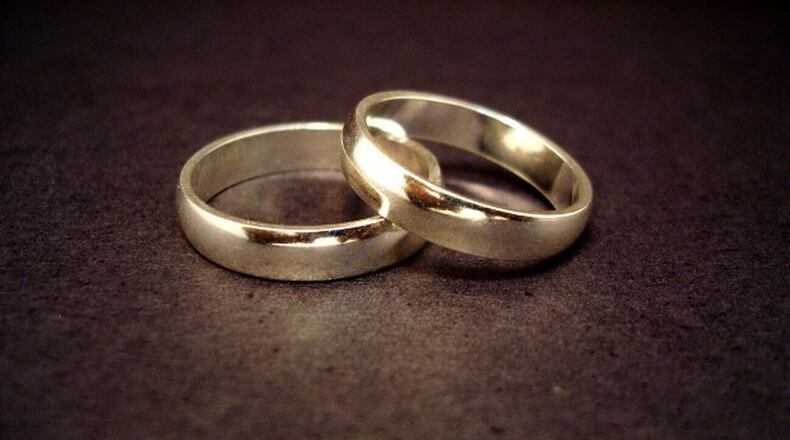About two years ago, a story about equal but sexless marriage told us about a 2013 study claiming couples who enjoyed a 50/50 split of household chores engaged in less sex than other couples.
In other words, couples who adhered to a more “traditional” division of labors — the men took out the garbage and the women cooked and washed the dishes — were more satisfied with their romantic lives.
That 2013 study, it turns out, was based on data from couples married in the 1980s. I could’ve told you, based on my own relationship and other similar couples, that those findings weren’t true.
And now we have proof, thanks to recent research. Among couples interviewed in 2006, their desire for each other deepened when they shared similar tasks rather than the typical gender-stereotyped ones.
“Contemporary couples who adhere to a more egalitarian division of labor are the only couples who have experienced an increase in sexual frequency compared to their counterparts of the past,” according to a paper presented by Cornell University professor Sharon Sassler.
Sassler presented her brief — "A Reversal in Predictors of Sexual Frequency and Satisfaction in Marriage" — a couple of weeks ago to the Council on Contemporary Families, a University of Texas at Austin-based nonprofit that seeks to further a national understanding of how America's families are changing.
Other groups — including those in which the woman did the bulk of the housework — experienced declines in sexual frequency.
Because our ideals of heterosexual love have changed, the predictors of marital success have changed profoundly in the past 50 years, said Stephanie Coontz, director of research at the Council on Contemporary Families.
“Love used to be seen as the attraction of opposites, and each partner in a marriage specialized in a unique set of skills, resources and emotions that, it was believed, the other gender lacked,” Coontz said. “Today, love is based on shared interests, activities and emotions. Where difference was once the basis of desire, equality is increasingly becoming erotic.”
Actually, the only interests my husband and I share are we both prefer to be home than any place in the world, our daughters and love of God. He loves sports. I prefer shopping. He likes a good Denzel Washington movie. I just like Denzel Washington.
But when it comes to housework, we perform the chores equally. We both cook. We both do the dishes. We both wash and fold clothes. We both clean toilets and floors. We both do yardwork.
I dare not say we’ve enjoyed uninterrupted wedded bliss, but in December, we will celebrate 31 years of marriage. I owe a huge part of that, I believe, to God and to the three of us being a team. Always have been.
And so like Coontz, I’m a believer in Sassler’s study results.
“Her study — and others — reflect more equalized power between men and women,” Coontz said. “In marriages of the 1950s and 1960s, wives often reported having sex more often than they wanted because they were dependent on their husbands. Now that women feel free to say no, they are more likely to say yes when they feel the relationship is fair.”
Sassler’s brief is based largely on a longer study by her and her colleagues Daniel Carlson, Amanda Miller and Sarah Hanson that will be published this summer.
I’ll let you know what they come up with, but for now, just take my word for it. If you wanna bring sexy back to your marriage: share.
About the Author
Keep Reading
The Latest
Featured



